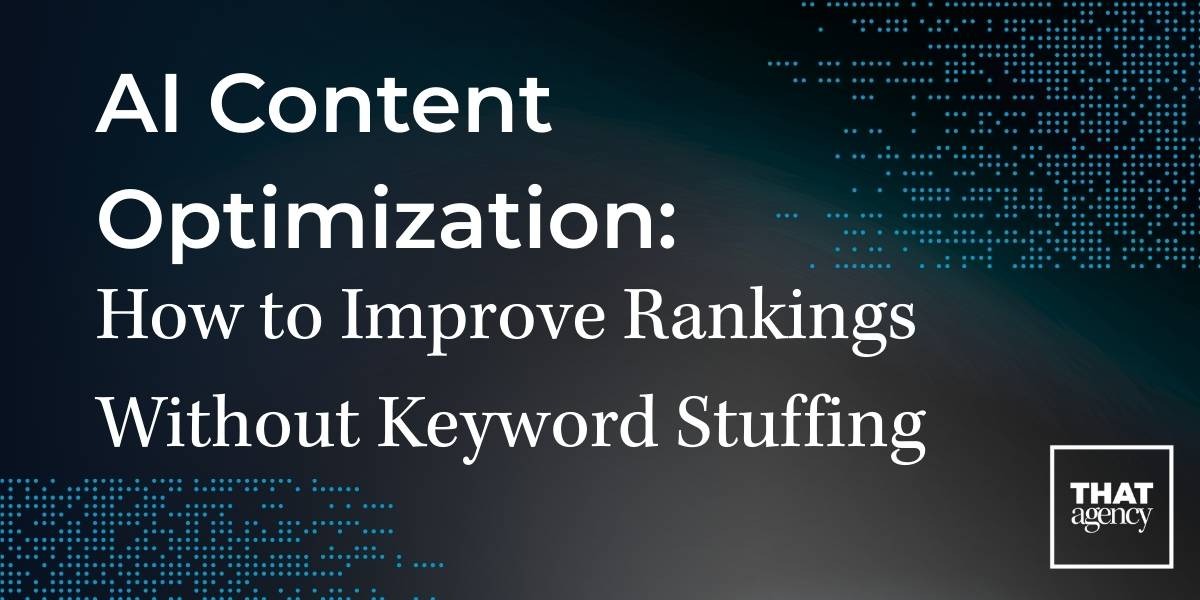In recent years, the marketing world has witnessed a paradigm shift with the rise of influencer marketing. This form of marketing leverages individuals with a significant following on social media platforms to promote products and services. As traditional advertising methods face declining effectiveness, influencer marketing has emerged as a powerful tool for brands to connect with their target audience authentically and engagingly. This article delves into the current role of influencer marketing in today's digital landscape, exploring its benefits, challenges, and future prospects.
The Evolution of Influencer Marketing
Influencer marketing is not a new concept. Celebrities have long been used to endorse products, but the advent of social media has democratized this practice. Today, influencers range from mega-celebrities to micro-influencers with smaller, yet highly engaged followings. Platforms like Instagram, YouTube, TikTok, and Twitter have become fertile ground for influencers to build their personal brands and connect with followers.
The Benefits of Influencer Marketing
- Authenticity and Trust: Influencers are often perceived as more relatable and trustworthy than traditional advertisements. Their endorsements can feel more like a recommendation from a friend rather than a sales pitch, fostering a sense of authenticity and trust. This connection can significantly impact consumer purchasing decisions.
- Targeted Reach: Influencers typically have a niche audience, allowing brands to target specific demographics more effectively. This precision helps in crafting campaigns that resonate with the intended audience, enhancing engagement and conversion rates.
- Content Creation: Influencers are content creators by nature. Collaborating with them provides brands with high-quality, creative content that can be shared across multiple channels. This user-generated content often performs better than traditional brand content, as it feels more organic and engaging.
- Cost-Effectiveness: Compared to traditional advertising, influencer marketing can be more cost-effective. While top-tier influencers command high fees, micro-influencers with smaller audiences often offer high engagement rates at a fraction of the cost. This allows brands with varying budgets to leverage influencer marketing effectively.
The Challenges of Influencer Marketing
- Finding the Right Influencer: The success of an influencer marketing campaign hinges on choosing the right influencer. Brands must ensure that the influencer's values, audience, and content align with their own. This requires thorough research and vetting, which can be time-consuming.
- Measuring ROI: Measuring the return on investment (ROI) for influencer marketing can be challenging. Unlike traditional advertising with clear metrics, influencer marketing success is often gauged through engagement rates, brand awareness, and sentiment. Advanced analytics tools are necessary to track and analyze these metrics accurately.
- Maintaining Authenticity: The growing commercialization of influencer marketing poses a risk to its authenticity. Audiences can quickly detect inauthentic endorsements, leading to skepticism and disengagement. It's crucial for influencers to maintain transparency and only promote products they genuinely believe in.
- Regulatory Compliance: With the rise of influencer marketing, regulatory bodies have tightened rules around disclosures and endorsements. Influencers and brands must comply with guidelines, such as clearly marking sponsored posts to avoid misleading consumers. Failure to adhere to these regulations can result in legal repercussions and damage to the brand's reputation.
The Future of Influencer Marketing
- Micro and Nano Influencers: The trend towards micro and nano influencers is expected to grow. These influencers have smaller, highly engaged followings and can offer more authentic and personalized endorsements. Brands are increasingly recognizing the value of collaborating with these influencers for niche targeting and higher engagement.
- Video Content: With the rise of platforms like TikTok and the continued popularity of Instagram Reels and YouTube, video content is set to dominate influencer marketing. Short-form videos, live streams, and interactive content will become pivotal in engaging audiences and delivering impactful brand messages.
- Long-Term Partnerships: Brands are shifting towards long-term partnerships with influencers rather than one-off collaborations. These sustained relationships allow influencers to build a deeper connection with the brand and create more cohesive and authentic content over time.
- Enhanced Analytics: As the industry matures, advanced analytics tools will become essential in measuring the effectiveness of influencer marketing campaigns. Brands will leverage data-driven insights to optimize their strategies, track ROI, and make informed decisions.
- Diverse Platforms: While Instagram and YouTube remain dominant, newer platforms like Clubhouse and emerging social media sites will provide additional opportunities for influencer marketing. Brands will need to stay agile and adapt to these platforms to reach their target audiences effectively.
Influencer marketing has firmly established itself as a cornerstone of modern digital marketing strategies. Its ability to foster authenticity, trust, and targeted engagement makes it an invaluable tool for brands seeking to connect with their audience in meaningful ways. However, as the landscape evolves, brands must navigate challenges such as finding the right influencers, measuring ROI, and maintaining authenticity. By staying abreast of trends and leveraging advanced analytics, brands can harness the full potential of influencer marketing to drive success in the digital age.
In today's fast-paced digital world, influencer marketing is not just a trend but a vital component of any comprehensive marketing strategy. As it continues to evolve, its role in shaping consumer behavior and brand perception will only grow, offering exciting opportunities for brands and influencers alike.




